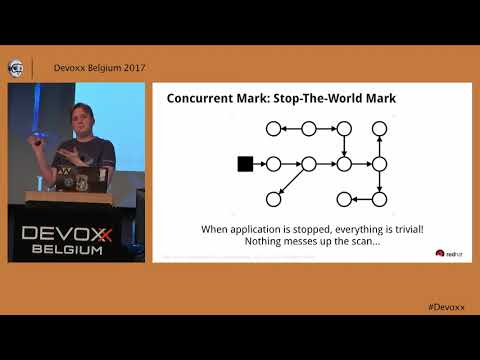Description:
Explore the innovative Shenandoah garbage collector in this 56-minute Devoxx conference talk. Dive into the design choices, internal details, performance benefits, and trade-offs of this low-pause collector for large Java applications. Learn how Shenandoah addresses the challenge of moving objects without stopping the application, significantly reducing GC pauses. Gain insights into concurrent marking, heap structure, write barriers, read barriers, and footprint internals. Discover how Shenandoah compares to other garbage collectors and its potential impact on microservices. Presented by Aleksey Shipilev, an experienced Java performance expert from Red Hat, this talk provides a comprehensive introduction to Shenandoah and its role in improving the performance of large-scale Java applications.

Shenandoah - The Garbage Collector That Could
Add to list
#Conference Talks
#Devoxx
#Programming
#Programming Languages
#Java
#Computer Science
#Memory Management
#Garbage Collection